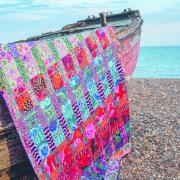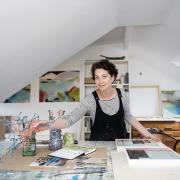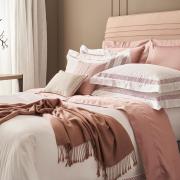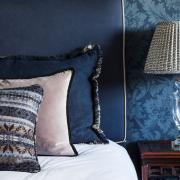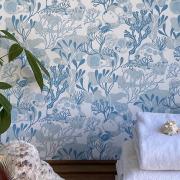Subversive Design, Brighton Museum’s exciting new exhibition, runs from 12 October 2013 – 9 March 2014. It shows objects that challenge perceived ideas and address social issues, as well as modern and contemporary items by leading and emerging designers.
The accepted brief for designers and makers has always been to produce well-made goods, fit for practical use. However, many have also employed shape and decoration to ask questions about political and social issues of their times, or about form and function. These themes are illustrated and debated through 130 objects, divided into three sections: Big Issues; Form Vs Function; and Subverting the Body. Here are just a few examples.
Designers have used the chair to comment on, or ask questions about, uncomfortable political issues. For example, Michael Sanders comments on the Greenham Common issue with his piece Sitting Comfortably (1987), a chair form made from razor wire. Each Favela Chair (2003), by the Campana Brothers, is assembled from scrap wood, referring to the sprawling shanty townships around Rio de Janeiro, where homes are constructed from a wide variety of recycled materials.
Homelessness is another issue discussed. Michele Walker, who engages passionately with social issues, has constructed a quilt, No Home, No Hope (1994) from disposable materials: hessian, newspaper, vinyl and bin liners. Racial stereotypes are explored through Simone Brewster’s Negresse Chaise and Mammy Table (2010), which represent the servant roles traditionally played by black women in mid-20th century Hollywood film. Studio Job’s Wrecking Ball Lamp (2010) evokes the threat of industry to society and environment.
Several items show how designers have ‘transformed’ rubbish. Tapio Wirkkala’s Tutenvases (1970s) are ceramic vases fashioned to look like crumpled paper bags. Rebecca Joselyn reproduces exquisitely the crumpled forms of tins in precious metal, which can be seen in her silver Crushed Can Jug (2009), which is lined with gold.
Georgina Godley’s vest (c.1986) is an example of body modification, questioning the accepted notion of ideal body shapes, a theme taken up by many designers since.
Fashion with political messages includes a Westwood/McLaren Seditionaries outfit and, from an earlier period, the Regency empire line gown, inspired by dress from the Greek and Roman republics. Empire line gowns, which became fashionable during the French Revolution, and reflected the new political structure of France under Napoleon and his empire, were soon popular throughout Europe. The exhibition also explores the cult of the skull, now a trendy design motif, where once it would have been taboo. Brighton Museum & Art Gallery, Royal Pavilion Gardens. Admission: adult £6, child (5-15) free






